Few herbs capture the spirit of American cooking and gardening quite like sage. With its silvery-green leaves, earthy aroma, and robust flavor, sage is a timeless favorite in kitchens from coast to coast. Whether it’s seasoning your Thanksgiving stuffing, flavoring roasted meats, or adding a rustic touch to your home garden, sage brings warmth, depth, and history to every dish and space.
A member of the mint family (Lamiaceae), sage (Salvia officinalis) has been cherished for centuries for its culinary, medicinal, and ornamental qualities. Today, it remains one of the most beloved herbs in American households, known for being easy to grow, incredibly versatile, and rich in flavor.
Let’s explore everything you need to know about sage—from growing and caring for it to using it creatively in the kitchen and beyond.
1. A Brief History of Sage: From Ancient Wisdom to American Tradition
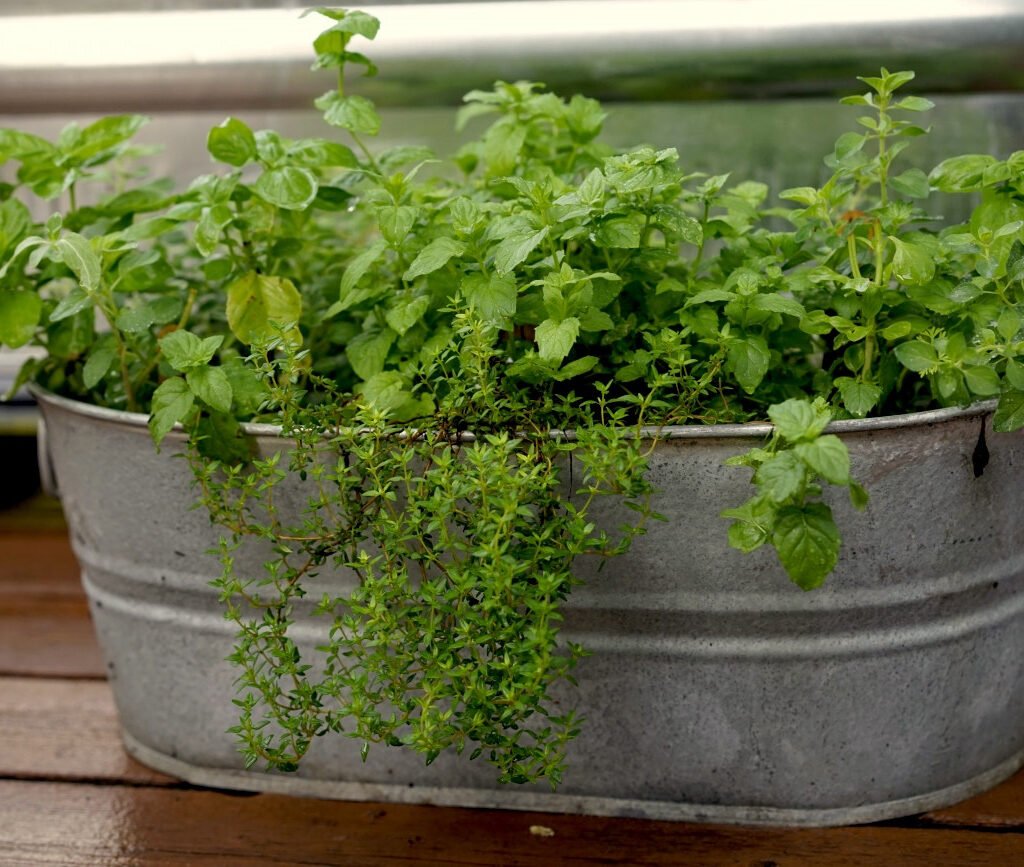
The word sage comes from the Latin salvare, meaning “to heal”—a fitting name for an herb celebrated for its healing and culinary properties since ancient times. The Greeks and Romans believed it brought wisdom and longevity, while Native Americans used sage in spiritual ceremonies and smudging rituals for purification.
When European settlers brought sage to North America, it quickly became a staple in American kitchens and medicine cabinets. By the time of early colonial America, sage was prized for seasoning meats, preserving foods, and even as a natural remedy for sore throats and colds.
Today, sage continues to be a defining herb in classic American dishes—especially during the Thanksgiving season, where it adds that unmistakable savory aroma to turkey and stuffing.
2. Why Sage Belongs in Every American Garden
There’s a reason why sage appears in so many U.S. home gardens—it’s hardy, fragrant, and multipurpose. Here’s why you should grow it:
- Low Maintenance: Thrives in full sun and well-drained soil.
- Drought-Resistant: Perfect for dry, warm climates and eco-friendly gardens.
- Pollinator-Friendly: Attracts bees, butterflies, and hummingbirds.
- Beautiful and Functional: Its soft, fuzzy leaves and lavender-blue flowers add beauty to any landscape.
- Culinary Powerhouse: Elevates soups, meats, and savory dishes with a warm, peppery flavor.
Whether you have a large backyard or a small balcony, sage adapts easily, making it ideal for American gardeners of all skill levels.
3. Top Varieties of Sage for American Gardens
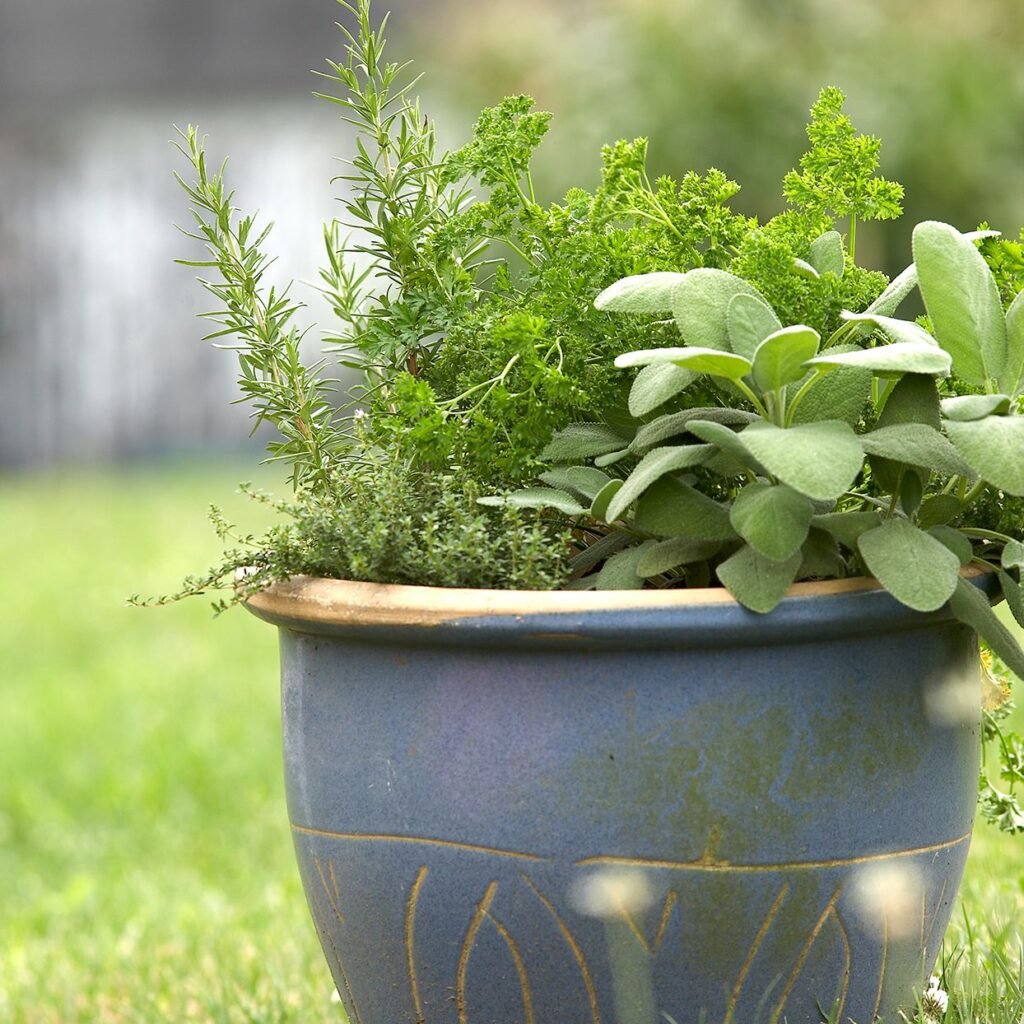
There are many types of sage, each offering distinct flavors, colors, and purposes. Here are the most popular ones grown in the U.S.:
- Common Sage (Salvia officinalis): The classic kitchen variety used for cooking—earthy and aromatic.
- Berggarten Sage: A non-flowering, compact type with thick leaves and intense flavor.
- Purple Sage: Features stunning purple leaves—great for ornamental use and cooking.
- Golden Sage: Variegated yellow-green leaves add visual appeal to herb gardens.
- Pineapple Sage: Sweet, fruity aroma; excellent for teas and desserts.
- White Sage (Salvia apiana): Traditionally used for smudging and cleansing rituals.
For culinary purposes, common sage and Berggarten sage are top choices, while white sage holds deep cultural and spiritual significance.
4. How to Grow Sage in the American Climate
Sage is a hardy perennial herb that grows well across much of the United States, especially in USDA zones 5–9.
Planting Sage
- Sunlight: Sage loves full sun—at least 6–8 hours of direct light daily.
- Soil: Well-drained, sandy or loamy soil with a neutral pH (6.0–7.0).
- Planting Time: Sow seeds indoors 6–8 weeks before the last frost or transplant seedlings in late spring once the soil is warm.
- Spacing: Space plants 18–24 inches apart to allow airflow and prevent mildew.
Watering and Fertilizing
- Sage prefers dry soil conditions, so water only when the top inch of soil is dry.
- Avoid overwatering, which can cause root rot.
- Use compost or organic fertilizer sparingly—too much nitrogen reduces flavor intensity.
Container Growing
Sage also thrives in pots. Choose a terra cotta container with drainage holes and a sunny spot—perfect for small patios or kitchen windowsills.
5. Harvesting and Preserving Sage
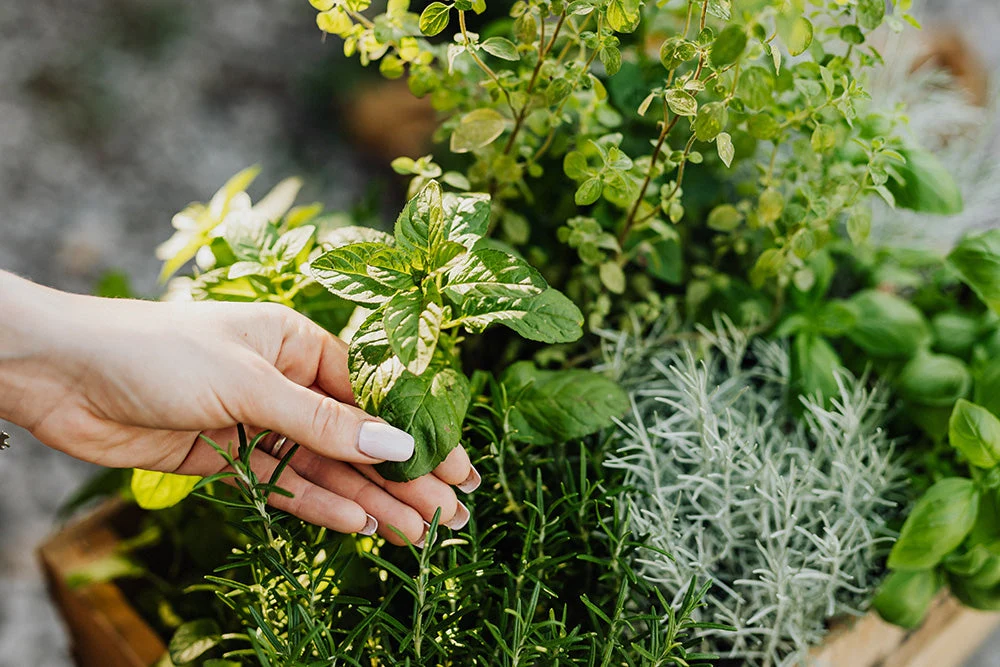
Harvesting sage is simple and rewarding. The leaves’ flavor peaks just before the plant blooms.
How to Harvest
- Use scissors or garden shears to snip sprigs from the top of the plant.
- Avoid cutting more than one-third of the plant at once.
- For the best flavor, harvest in the morning after the dew has evaporated.
Preserving Sage
- Drying: Tie small bunches and hang them upside down in a dark, dry, well-ventilated space.
- Freezing: Chop fresh leaves and freeze them in ice cube trays with olive oil.
- Infusing: Steep sage in vinegar or oil to create homemade herbal infusions.
Dried sage maintains its robust flavor for up to a year, making it perfect for seasoning year-round.
6. Cooking with Sage: Adding Depth to American Cuisine
Sage’s bold, earthy flavor complements rich and savory dishes—especially those featuring poultry, pork, and butter. It’s an herb that shines during the fall and winter months, adding warmth and comfort to classic American recipes.
Popular Culinary Uses
- Stuffing & Turkey: A Thanksgiving essential—sage brings that iconic holiday aroma.
- Pasta & Gnocchi: Pairs beautifully with browned butter and parmesan cheese.
- Soups & Stews: Enhances the flavor of hearty chicken or sausage stews.
- Roasted Vegetables: Toss carrots, squash, or potatoes with olive oil and sage for a fragrant twist.
- Herbal Butters & Oils: Blend chopped sage with butter or olive oil for instant flavor.
Pro Tip:
Sage has a strong flavor—use sparingly until you find the perfect balance. A little goes a long way!
7. Health and Wellness Benefits of Sage
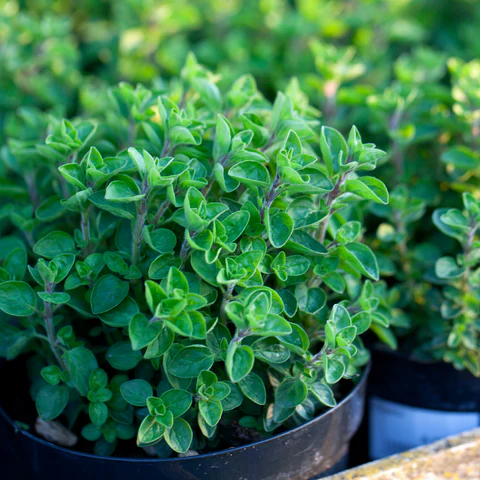
Sage isn’t just delicious—it’s packed with nutritional and medicinal benefits. Ancient healers weren’t wrong when they called it “the herb of immortality.”
- Rich in Antioxidants: Helps combat free radicals and reduce inflammation.
- Improves Memory and Focus: Studies show sage may enhance cognitive performance.
- Supports Immunity: Contains vitamins A, C, and K, along with minerals like iron and calcium.
- Soothes Sore Throats: Sage tea is a natural remedy for colds and respiratory issues.
- Balances Mood and Reduces Stress: Its aroma is grounding and calming.
- Natural Beauty Aid: Sage extracts are used in skincare for their antibacterial and anti-aging properties.
Try sipping sage tea for a relaxing, aromatic beverage that promotes wellness from the inside out.
8. Decorative and Creative Uses for Sage
Beyond its culinary and health benefits, sage adds charm and fragrance to your home and garden.
Home Décor Ideas
- Dried Sage Wreaths: Add a rustic touch to your front door or kitchen wall.
- Aromatic Sachets: Place dried sage leaves in linen bags to freshen drawers and closets.
- Table Garnishes: Decorate Thanksgiving or dinner tables with fresh sage sprigs.
- Sage Smudging: White sage bundles are traditionally used to cleanse spaces and promote positive energy.
Garden Design
Sage’s silvery leaves pair beautifully with lavender, rosemary, and thyme in Mediterranean-style herb gardens. It’s also deer-resistant and pollinator-friendly, making it a smart, sustainable choice.
9. Troubleshooting Common Sage Problems
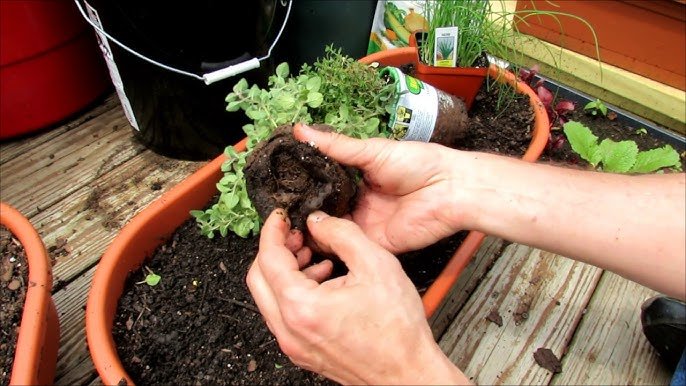
Sage is generally tough, but a few issues can arise if conditions aren’t ideal.
- Powdery Mildew: Avoid overcrowding and water the soil, not the leaves.
- Root Rot: Ensure excellent drainage—never let sage sit in soggy soil.
- Leggy Growth: Regular pruning encourages fuller, bushier plants.
- Cold Damage: In northern regions, mulch around the base or bring potted plants indoors during frost.
With proper care, sage can live for three to five years or longer, becoming a fragrant staple in your garden.
10. The American Spirit of Sage
From New England kitchens to California gardens, sage has earned its reputation as an herb that brings people together. It’s present in family recipes passed down through generations, holiday meals, herbal remedies, and even spiritual rituals. Its resilience mirrors the American spirit—grounded, enduring, and full of life.
Conclusion: Make Sage the Soul of Your Kitchen and Garden
Whether you’re cooking Sunday dinner, crafting herbal teas, or designing a fragrant garden, sage is a true companion herb—rich in flavor, history, and meaning. It connects you to centuries of tradition while adding beauty and practicality to modern living.
So this season, plant a sage bush, sprinkle a few leaves in your favorite dish, and let its timeless aroma remind you of the simple joys of homegrown goodness.
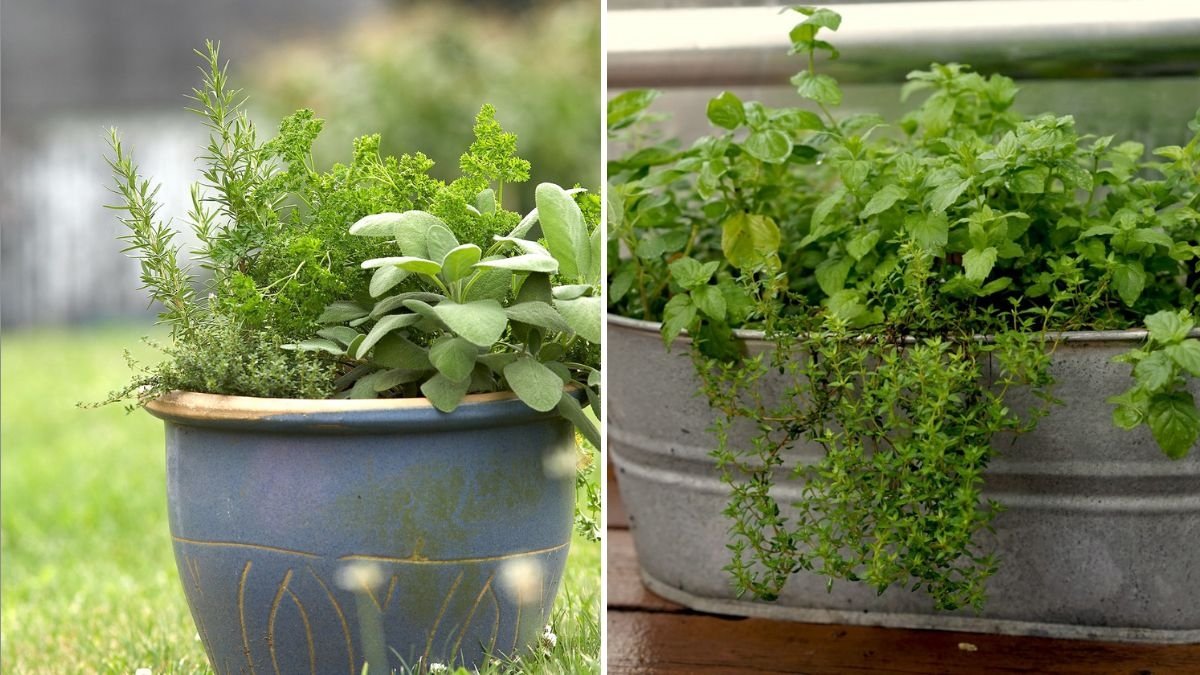

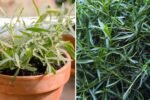

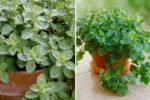

Leave A Comment